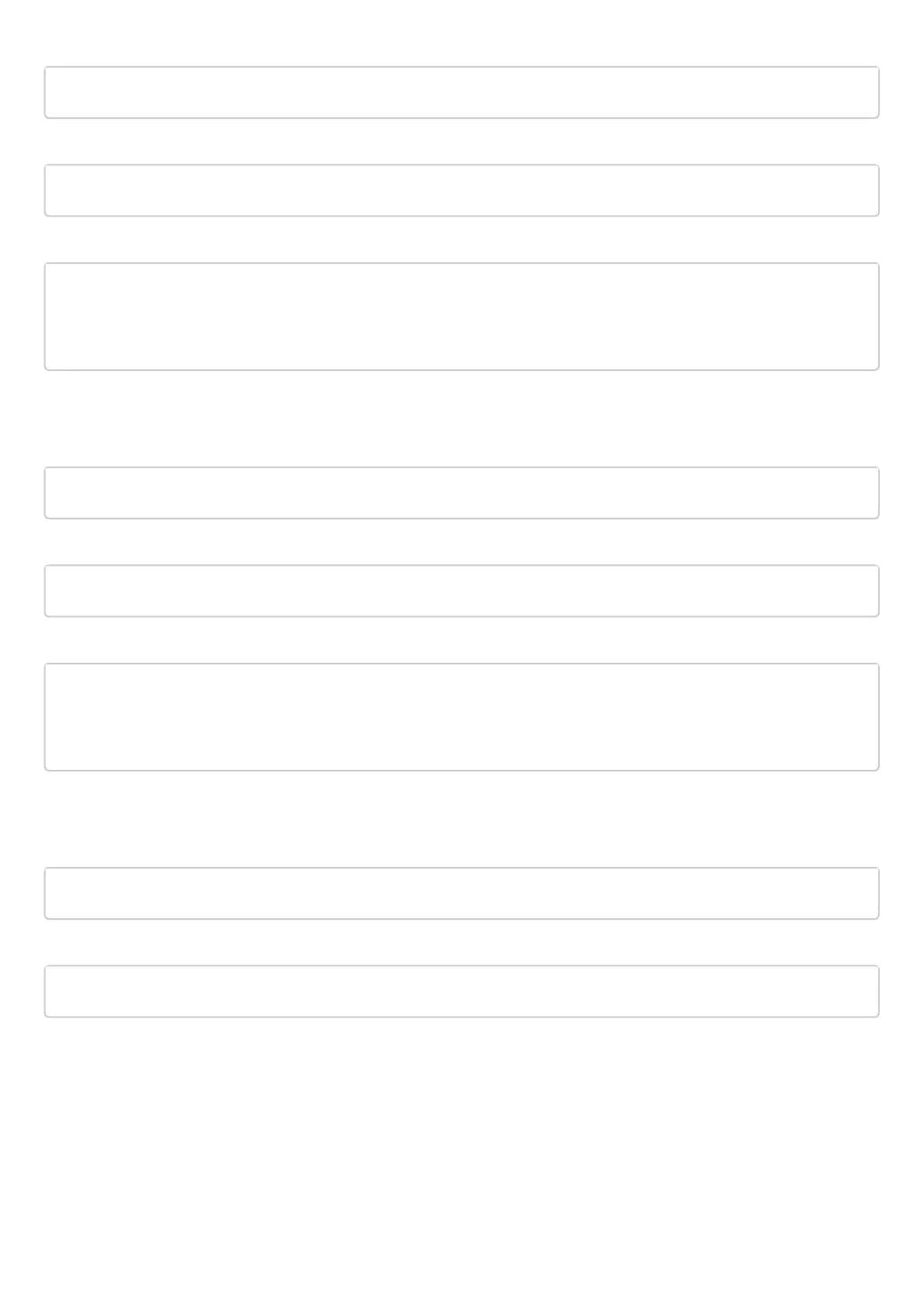esr(config-route-map)# rule 1
Specify ACL as a filter:
esr(config-route-map-rule)# match ip access-group sub20
Specify next-hop for sub20:
esr(config-route-map-rule)# action set ip next-hop verify-availability 184.45.0.150 10
esr(config-route-map-rule)# action set ip next-hop verify-availability 80.16.0.23 30
esr(config-route-map-rule)# exit
esr(config-route-map)# exit
Rule 1 should provide traffic routing from the network 10.0.20.0/24 to address 184.45.0.150, and in case of its
failure, to address 80.16.0.23. Gateway precedence is defined by metrics values – 10 and 30.
Create rule 2:
esr(config-route-map)# rule 2
Specify ACL as a filter:
esr(config-route-map-rule)# match ip access-group sub30
Specify nexthop for sub30 and exit:
esr(config-route-map-rule)# action set ip next-hop verify-availability 80.16.0.23 10
esr(config-route-map-rule)# action set ip next-hop verify-availability 184.45.0.150 30
esr(config-route-map-rule)# exit
esr(config-route-map)# exit
Rule 2 should provide traffic routing from the network 10.0.30.0/24 to address 80.16.0.23, and in case of its
failure, to address 184.45.0.150. Precedence is defined by metrics values.
Switch to TE 1/0/1 interface:
esr(config)# interface tengigabitethernet 1/0/1
Map the policy the respective interface:
esr(config-if-te)# ip policy route-map PBR
11.8 VRF Lite configuration
VRF (Virtual Routing and Forwarding) is a technology designed for isolation of routing information that belongs
to different classes (e.g., routes of a specific client).

